Networks of Recovery
Findings from the JustWater Project
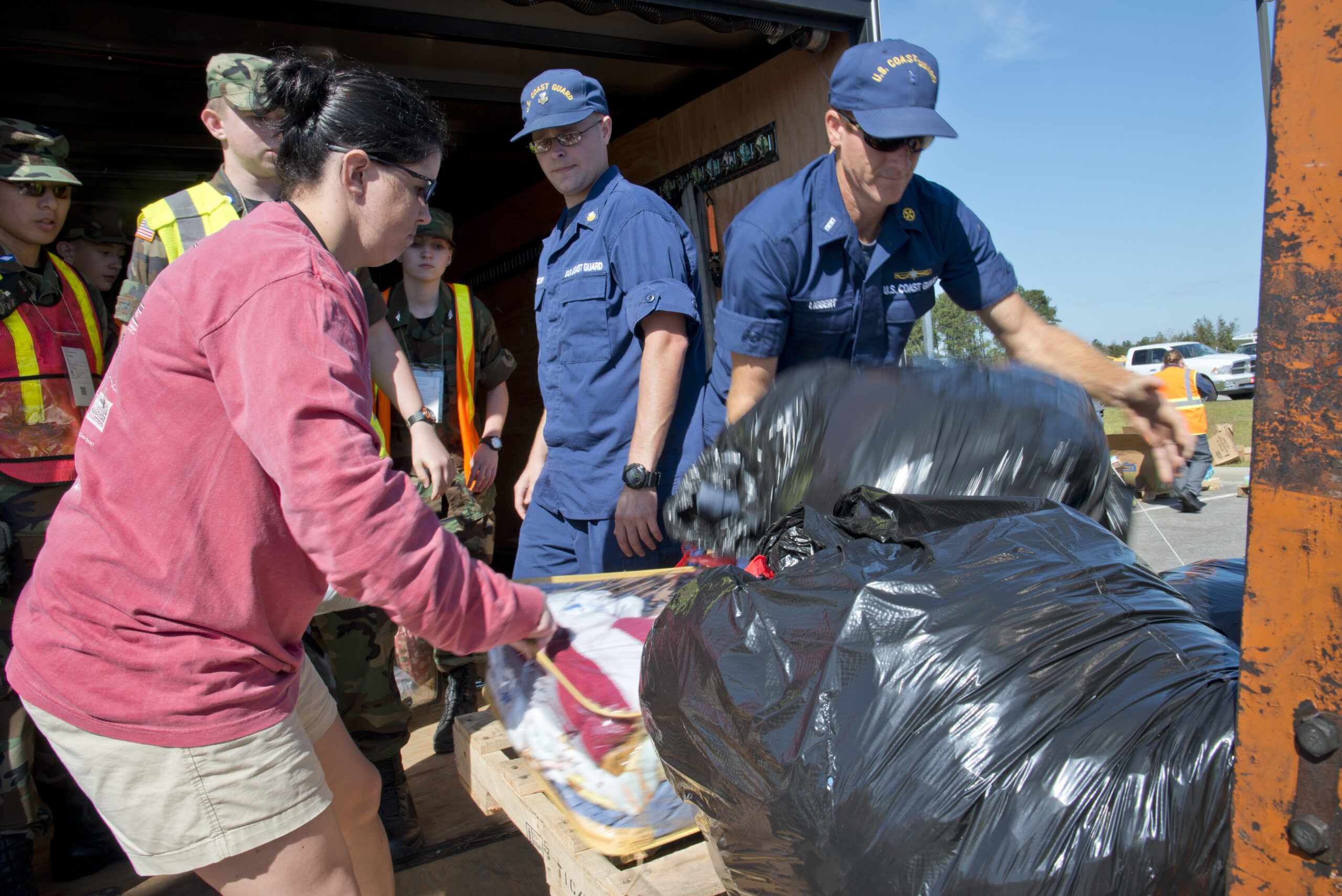
From Matthew to Helene, the North Carolina Inclusive Disaster Recovery Network has connected organizations and vulnerable communities.
With climate change accelerating the rate of natural disasters globally, building resilient communities that are equipped to adapt and recover is especially timely. North Carolina Sea Grant’s JustWater project, led by NC State’s Bethany Cutts, is uncovering how social and ecological relationships work to craft sustainable and equitable responses to disaster.
Lessons in Resilience
Cutts, an associate professor of humans and the environment, previously worked with Lumber River Basin communities for Sea Grant’s Project BRIDGE, which interviewed and highlighted the voices of survivors of Hurricanes Florence and Matthew. JustWater expands on this series of interviews, looking directly at the collaborative efforts that succeeded in helping the community.
“Collaboration with Lumbee scholar David Lowry and other members of the Lumbee tribe was essential to navigating these recovery spaces,” says Cutts, who found that community organizers in the basin were key to pushing recovery efforts forward.
The social networks of the Lumbee Tribal Boys and Girls Club, Robeson County Church, and other local ministries allowed volunteers to mobilize and distribute donations only days after the catastrophic flooding events from these hurricanes.
Despite these groups’ collaborative success, Cutts says, “policies and practices designed to foster this form of resilience often place responsibility on individual communities to prepare for and recover from disasters. Adrienne Kennedy, one of the founders of SEEDS of H.O.P.E,” a nonprofit in Robeson County, “told me then that they needed to know what other communities three or four years into recovery would do differently.”
The researchers identified a need to examine how to connect communities with each other, as well as how better equipped agencies can build stronger relationships with community leaders — sharing the load of disaster recovery.
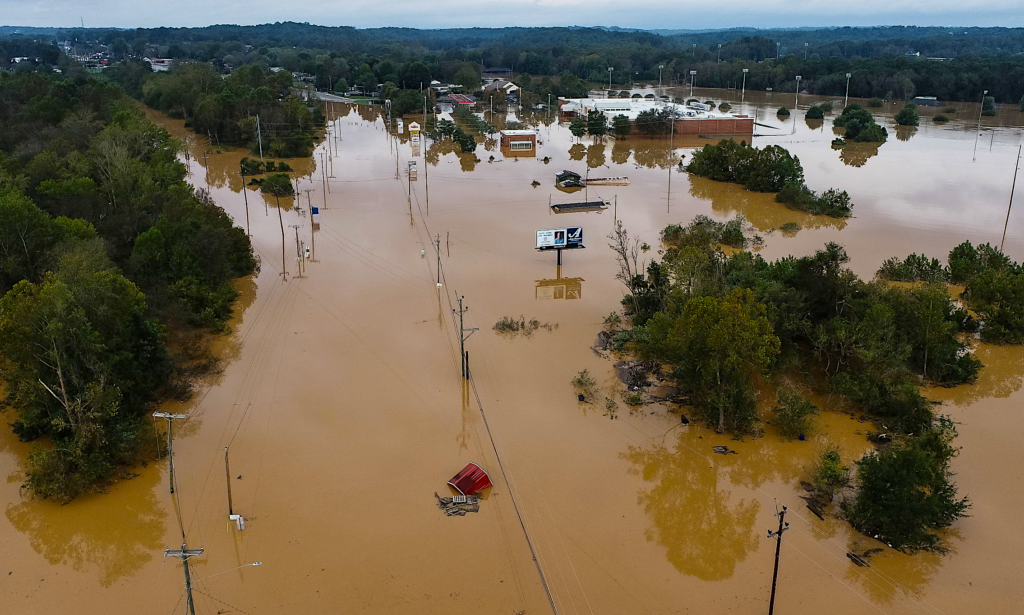
Bearing Disproportionate Environmental Burdens
Resilience efforts that address disproportionate social and environmental burdens may have their roots in North Carolina. While the origin of an “environmental justice” framework is murky, Cutts says most place it in 1982 in Warren County when advocates argued against putting a hazardous waste landfill near a small, predominantly African American community.
Many communities — people facing language or financial barriers, for instance, or living in rural areas far from emergency services — can benefit from environmental justice initiatives.
“It is an ethical responsibility for us to support healthy environments free from harm for all people,” says Olivia Vilá, emergency management analyst with Argonne National Laboratory. Under Cutts, Vilá studied disaster leadership in the Lumber River Basin, as well as in Wilmington during recovery efforts for Hurricane Florence as a joint fellow with North Carolina Sea Grant and the NC Water Resources Research Institute.
In an interview in the Fall 2023 issue of Coastwatch, Vilá explained that practicing environmental justice means asking key questions: “How well do we see and understand underrepresented or under-resourced communities? Are there groups that are experiencing more environmental harm than others? Are there groups receiving more environmental benefits than others? Are our policy and decision-making processes more accessible to some groups over others? Is it easier or harder for some groups to actually influence decision-making than it is for others?”

Vilá emphasized that “everything is interconnected, and when you start to support those pieces and address social vulnerabilities that exist in our communities, you’re helping everyone, including yourself and your family.”
Starting with people who are most vulnerable to environmental tragedies establishes a solid foundation for building resilient communities, Cutts says. “When you’re thinking about including groups that have been excluded from an easy recovery, these timelines take years.”
To identify long-term strategies for environmentally just disaster recovery, Cutts connected with the North Carolina Inclusive Disaster Recovery Network.
Place, Power, and the North Carolina Inclusive Disaster Recovery Network
Founded in 2016, the North Carolina Inclusive Disaster Recovery Network (NCIDR, often pronounced “insider”) has supported on-the-ground efforts of marginalized populations since Hurricane Matthew. Today the network has grown to include about 300 leaders from public, private, nonprofit, and faith-based community organizations.
“We wanted to understand the different dimensions of change that happen when you bring people together in a voluntary, non-regulatory, information-sharing environment,” Cutts says.
To do so, she and her team of researchers reviewed an archive of meeting minutes to trace discussions in NCIDR meetings.
“The beauty of the NCIDR Network is that it is focused on cross-sectoral collaboration,” says Kayla Gilligan, a graduate student researcher on the JustWater project. “So, all of the network members, instead of being all in their separate rooms, are all in one Zoom room together.”
Place and power emerged as two major themes driving NCIDR conversations.
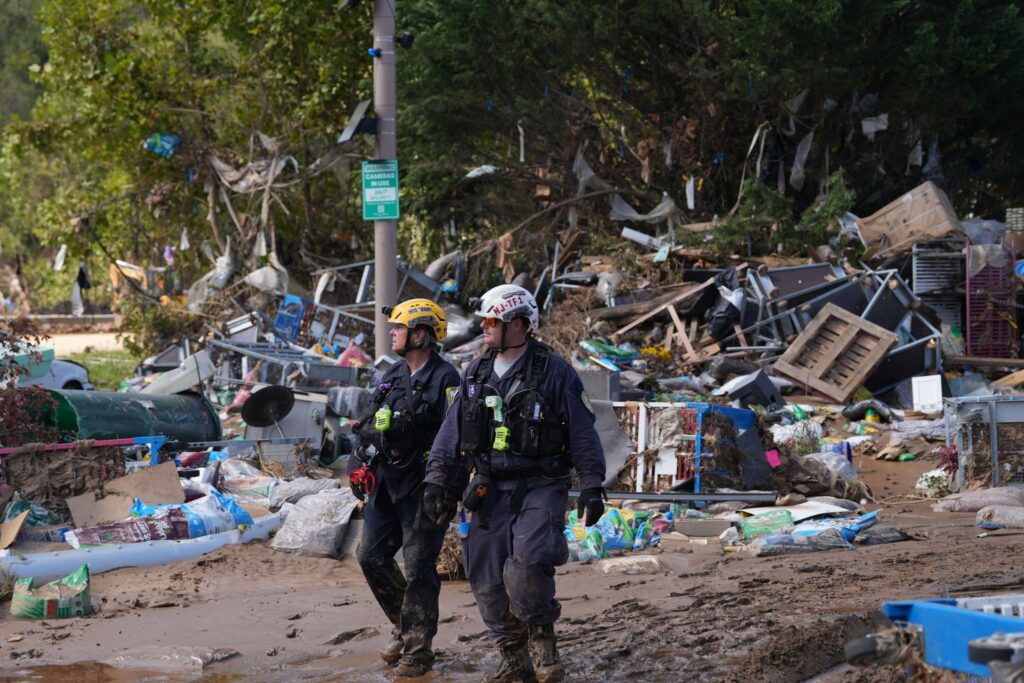
Discussions of place center around pinpointing the areas of North Carolina that need the most assistance, including how to distribute FEMA food drops in major cities to smaller, more rural communities, as well as coordinating volunteer efforts from different organizations to ensure aid is as widely available as possible.
According to Gilligan, power was a key aspect of the network’s discussions surrounding the “distribution of influence and resources” during disaster recovery — from helping representatives of larger organizations support local organizations to sharing needs with community representatives stationed in Raleigh to petition state government representatives.
NCIDR employs what Cutts calls a mindset shift from “power over” to “power with,” encouraging people who have experienced disasters firsthand to share their experiences and ask questions about receiving aid. Such collaborative input in these meetings allows for building and maintaining long-term partnerships.
The research team found that attendees often bring ideas and perspectives from disasters as far back as Hurricane Katrina in 2005.
“This power-sharing is crucial for affecting change,” says Cutts. Not only does it provide opportunities for more voices to be heard when it comes to making policy decisions, she adds, but it connects people across disaster experiences. In this way, the network has been able to preserve and apply experiential learning to new disasters.
Accessing Aid
NCIDR’s kaleidoscope of perspectives allows the organization to focus on situational and contextual needs to address burdens and challenges, including access to aid — a recurring topic of meetings.
Take the FEMA application. While anyone is eligible to apply for aid, the application itself requires detailed descriptions of property damage. Gilligan says people with impaired vision, for instance, may have equal access to aid and assistance but face additional challenges in the process.
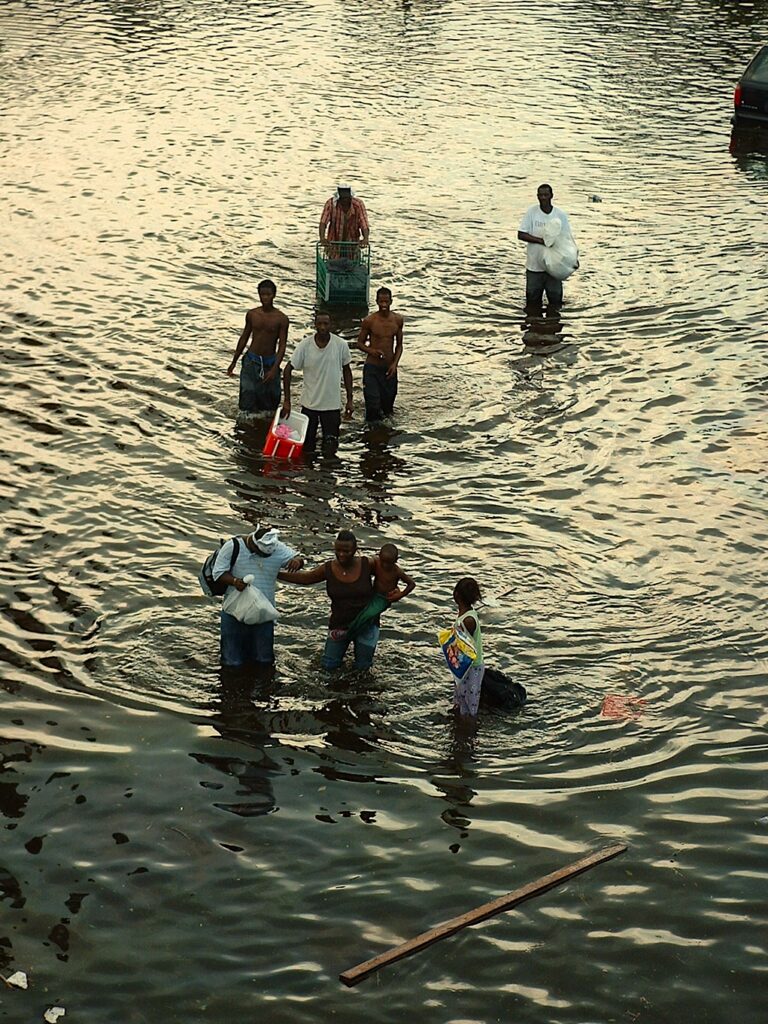
When faced with the overwhelming aftermath of a disaster, such issues can often slip through the cracks, Cutts says. But by actively seeking disenfranchised voices and trying to connect them with others that are ready to help, the NCIDR network addresses people most in need.
“Churches are often where resources are housed after disaster,” Gilligan offers as another example. While many churches are willing to help anyone, that does not necessarily dispel the potential unease about entering a church that people in the LGBTQ+ community — or anyone who follows other religions — might feel. The NCIDR has brought groups together to discuss these nuances and encourage neutral meeting places, such as community parks, for relief efforts.
Cutts says that projects that truly engage their community continue to evolve to respond to emerging needs, adding that NCIDR’s impacts aren’t isolated to immediate disaster response. The organization also impacts disaster recovery and water policy by leading by example.
Employees from larger organizations and government institutions, who may not have the power to rectify biased practices on an organizational scale, often attend NCIDR meetings. Cutts emphasizes that adjusting their personal approaches and conduct is well within their autonomy.
“Just hearing or seeing a demonstration of how you can add Spanish translation to an online Zoom meeting or having a contact for American Sign Language was helpful to folks,” she says, “and I’ve seen it continue to spill over or catch on, as ways to do what you’re already doing even better.”
Hurricane Helene — And Cutting Through the Chaos
When disaster strikes, chaos seems inevitable, and although social media can provide connection, it isn’t always the most effective way to find reliable disaster relief information.
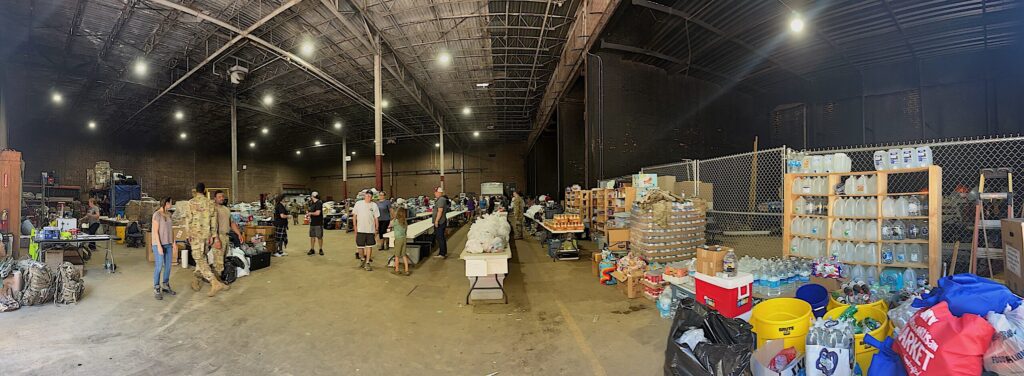
Gilligan cautions people against social media messaging for a multitude of reasons. Beyond simple misinformation, it can be overwhelming to the point where readers “shut down.” She notes that the information that the NCIDR network provided after Helene was not only empathetic but digestible.
“They cut through the chaos and do their best to get information to people,” she says, adding that this is one of the greatest strengths of NCIDR.
“There’s so many people on the ground,” she explains, “so many people that want to help but don’t know where to go.” But only days after Helene struck western North Carolina, NCIDR had responded with a daily email chain and a living guide of resources available in both English and Spanish.
In addition, Cutts says that “the network has connected people who are experiencing the same kinds of ‘bureaucratic overwhelm,’” simultaneously helping them to work through the tasks they need to accomplish, as well as find solace and support from others around them.
While the NCIDR network began as a way to connect different organizations, JustWater has shown that much of the network’s effectiveness is due to its reliance on community knowledge in many forms — whether that knowledge arises from personal experiences with flooding, disaster recovery, or from issues with access to services.
“Everyone can’t hold all of these perspectives in their heads at the same time,” Gilligan says, “so it’s important that as many as possible are represented.”
“It’s hard to change policy,” Cutts says, “By recognizing uncommon but useful strategies to enhance disaster resilience, organizations can make meaningful advances, based on how they implement recovery policies — however imperfect recovery policies may be.”
NCIDR hosts monthly meetings via Zoom on the fourth Tuesday of each month from 2:00pm to 3:00pm. Membership is open to all.
Join the network here.
More from NCIDR
NCIDR Disaster Recovery Resources (English)
NCIDR Disaster Recovery Resources (Spanish)
Lily Soetebier is a contributing editor for Coastwatch and a science communication intern at North Carolina Sea Grant. She is pursuing an M.S. in technical communication from North Carolina State University.
lead photo: Post-Matthew Lumber River recovery efforts. Credit: Nate Littlejohn/U.S. Coast Guard District 5.


